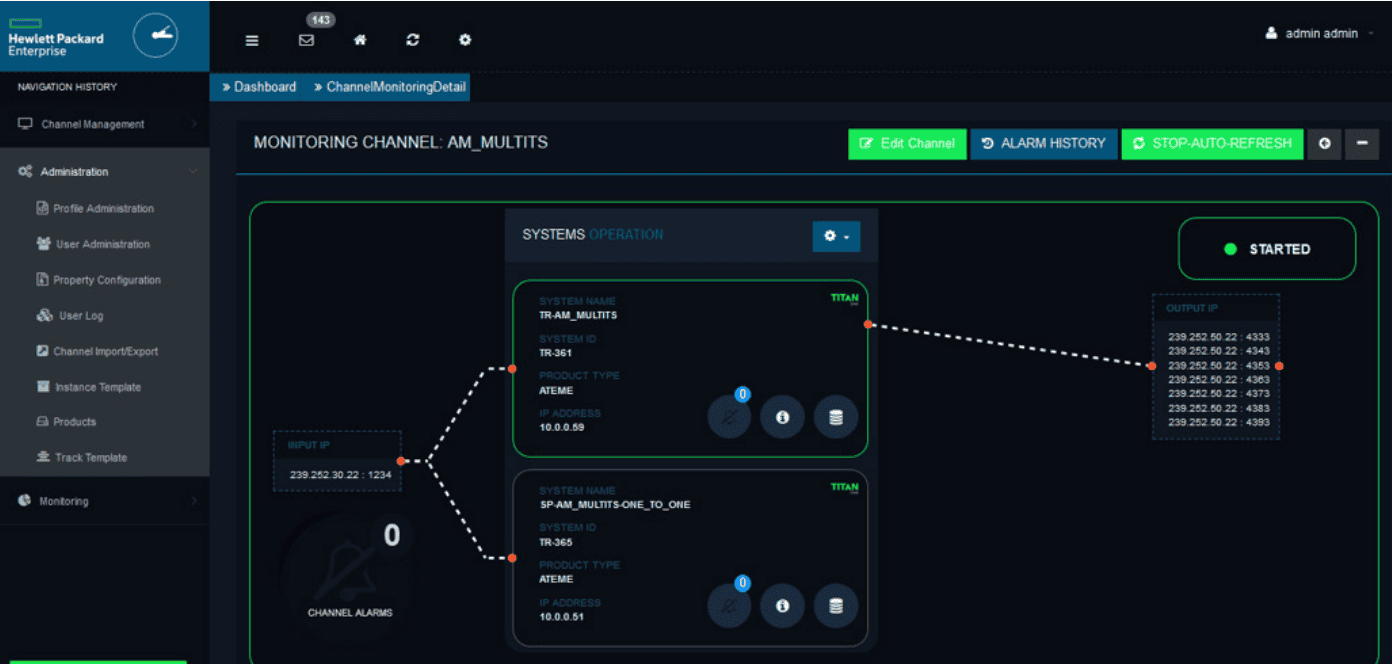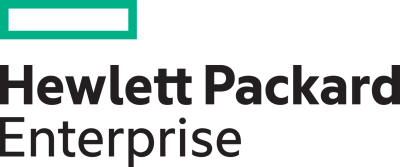- About
- Members
- Sponsors
- Subcommittees
- Technical Documents
- News
- Events
- Spotlight ATSC 3.0
- Contact Us
- Member Login
- Member Meetings
- Advanced Search
Search Site
Member Links
- About
- Members
- Sponsors
- Subcommittees
- Technical Documents
- News
- Events
- Spotlight ATSC 3.0
- Contact Us
- Member Login
- Member Meetings
- Advanced Search
Hewlett Packard Enterprise


HPE SUPPORTS BROADCASTERS’ TRANSITION TO ATSC3.0
If you’re not already prepared to move to a virtualized broadcasting environment, this transitional period is the time to assess the advantages ATSC 3.0 will offer and plan your next steps.
Utilizing the ATSC 3.0 standard and 5G networks will require a transformation of your broadcasting infrastructure. HPE provides automation and orchestration solutions to help you move quickly and easily from a physical environment into a cloud-based, virtualized broadcasting environment.
Combined, HPE Virtual Headend Manager Solution (vHM) and HPE Service Director provide end-to-end service management that makes it possible to automate and orchestrate services from the edge to the core. Broadcasters can deploy, manage and monitor multicast, unicast IPTV or OTT channels in a multi-vendor environment from a single interface.
Additional Resources
https://community.hpe.com/t5/Tech-Insights/Spectrum-sharing-advances-5G-monetization-on-the-journey-to-ATSC/ba-p/7097499#.X_Sgn-lKi87
https://community.hpe.com/t5/Tech-Insights/Benefits-and-building-blocks-of-the-broadcast-core-network-in-5G/ba-p/7113640#.X_SgrelKi85
Subscribe to our Newsletter
Subscribe to The Standard, our monthly newsletter, to stay up-to-date with ATSC news and events around the world.
Site Links
Contact Us
ATSC
1300 I Street NW, Suite 400E
Washington, DC 20005 USA
Do you have questions about ATSC?
About ATSC
ATSC, the Broadcast Standards Association, is an international, non-profit organization developing voluntary standards and recommended practices for digital terrestrial broadcasting. Serving as an essential force in the broadcasting industry, ATSC guides the seamless integration of broadcast and telecom standards to drive the industry forward. Currently, the ATSC 3.0 Standard is providing the best possible solution for expanding the potential of the broadcast spectrum beyond its traditional application to meet changing needs. From conventional television to innovative digital data services, ATSC has one clear goal: to empower the broadcasting ecosystem like never before.
© 2025 ATSC






































